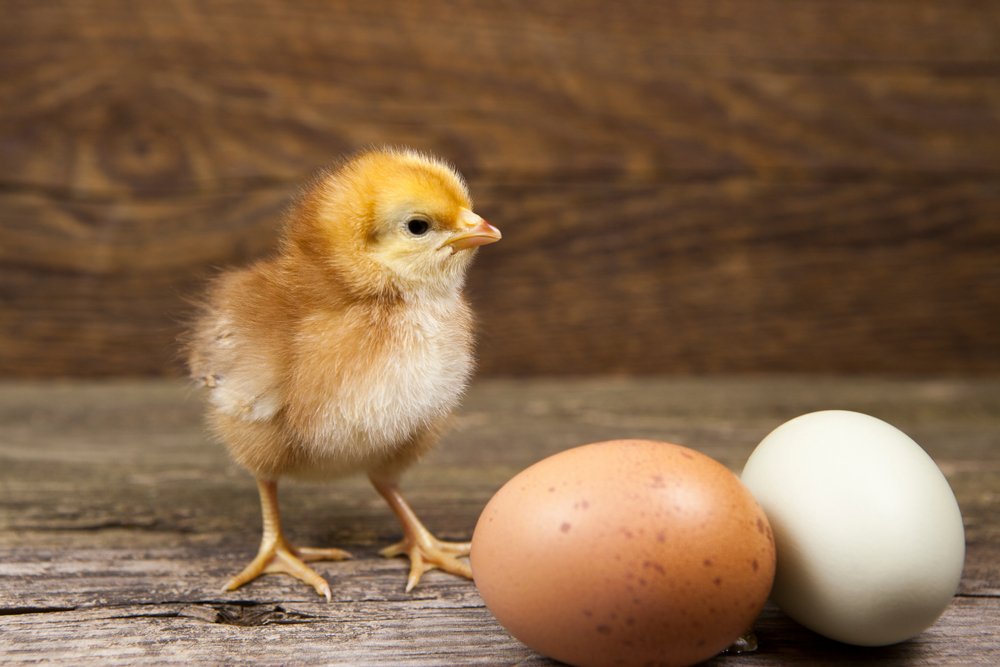Feeding of Chicks
Poultry

The rural type chicks need balanced feed during the initial 6 weeks of age under nursery rearing/brooding. In the nurseries, the chicks are reared on standard chick starter ration. For the grower birds in the second phase, besides the feed material available in the free range, natural food/greens like waste grains germinated seeds, mulberry leaves, azolla, drumstick leaves and subabul leaves, lucerne, berseem leaves etc. ( high protein sources). The need for extra feed depends on the free range available, intensity of vegetation, availability of waste grains, insects, grass seeds. The average body weight of hen 1.3 to 1.8 kgs and cock 2.0 – 2.5 kgs will be attained by 120 days and if required should be provided with supplemental calcium sources like lime stone powder, stone grit, shell grit at 4 to 5 gms/bird/day. This approach yields successful results with high rate of survivability and good egg production. The eggs laid are tinted and will have fairly good size about 50-55 gms.
Feeders:
During the first day, feed may be sprinkled or provided in the trays for encouraging the new born chicks to pick up feed. From day two onwards feed is provided in trough type of feeders. As the chick grows bigger suitable feeders are used. The feeders should be at proper height for the birds to eat properly. As chicks grow the feeder should be lifted up by adjusting their height to the back level of the bird. The level of feed in feeder has a direct correlation with feed wastage. As a thumb rule, 10 percent feed is wasted if the feeders are two thirds full compared to 3 percent wastage if they are half full and only 1 percent if they are one third full. Therefore, feed should be offered more frequently with small quantity at each time and helps to gain weight more uniformly.
Feeder Space Allowance:
Trough feeders 2.5cm – up to 2 weeks and 5cm –up to 6 weeks.
Waterer Space
Clean and fresh water should be provided to the chicks waterers from day old chicks should be conveniently placed close to the hover and alternatively to feeders. Water may be provided using troughs, bell shaped drinkers and caps. With these drinkers 0.75 inches (2 cm) of water space per bird is recommended.
Water should be provided before the chicks are released under the brooders. Bell type chick drinkers are essential during first three days of brooding irrespective of type of brooding. In deep litter brooding drinkers should be evenly distributed. Height of the drinkers needs to be adjusted according to the chick height. One chick drinker is enough for 100 chicks up to 2 weeks of age and regular bell drinker is sufficient for 50 birds from third week onwards chick feed/grounded maize should be provided 2 hours after chicks are placed under the brooder. During first week, frequent feeding of small quantity should be practiced to stimulate feed consumption.
| AGE OF CHICKS IN WEEKS | BROODER TEMPERATURE | |
| °F | °C | |
| 1st | 90 | 32.2 |
| 2nd | 85 | 29.4 |
| 3rd | 80 | 26.7 |
| 4th | 75 | 23.9 |
| 5th | 70 | 21.1 |
| 6th | 70 | 21.1 |
